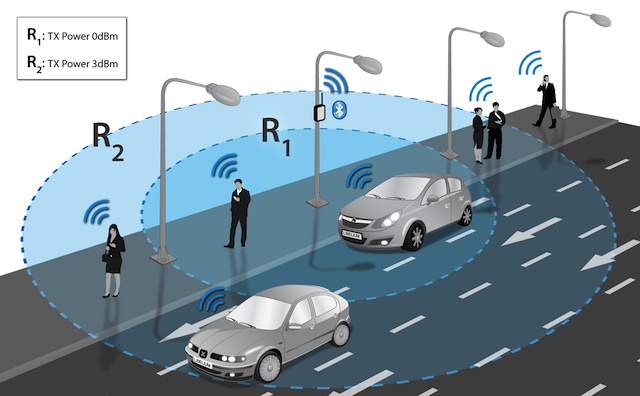Could the current internet spying scandals result in the internet become fragmented into different national empires?
Over dinner with President Obama with fourteen other tech industry leaders, Yahoo!’s CEO Marissa Mayer warned that US spying threatens to ‘Balkanize the Internet’, Bloomberg reports.
Mayer has reasons to be worried, the scale of the US National Security Agency’s multiple programs monitoring internet traffic around the world has surprised even the most hard bitten commentator and it is already affecting US technology sales to China.
Coupled with revelations that Britain’s GCHQ was tapping the subsea cables themselves in concert with US agencies almost every national government is now pondering the fact that, as an invention of the US military, the internet itself is open to being misused by its creators.
The Internet’s critical economic role
As online communications become more critical to nation’s economies and security it’s understandable that governments would be considering how to make their networks more hardened to interception or interference and creating whole new protocols outside current standards is one way of doing that.
With the industrial sector increasingly being connected through the internet of machines the stakes suddenly become much higher, as the Iranian government discovered with the Stuxnet worm that crippled the country’s nuclear research program.
After Stuxnet every country and business with critical systems exposed to the internet is now working on hardening those systems from similar attacks.
Until recently, almost all the profits from the internet’s growth have gone to US technology companies so its not a surprise that Facebook chief Sheryl Sandberg and Google chairman Eric Schmidt were with Mayer when she expressed her concerns to President Obama.
Balkanising the web
A balkanisation of the internet along national lines and industrial sectors is bad for US business which already struggles to get traction in non-Western markets like China and India.
The irony is though that Yahoo!, Google and Facebook are all trying to balkanize the internet themselves in locking users into their own networks.
While that’s a concern for internet users, it appears those commercial walled gardens don’t seem to be working.
The failure of commercial walled gardens
Yahoo!’s attempt to monopolise their corner of the web has clearly failed and it’s appearing that Google’s attempts to take over social media are failing despite forcing YouTube users onto Google+ while Facebook is beginning to buckle under the sheer weight of its own News Feed.
Common wisdom about internet markets is that you have to be the number one provider in your niche to succeed, what we may well be seeing is those niches are smaller than we thought and leadership in one sector doesn’t automatically guarantee success in another.
As Deloitte’s Eric Openshaw told this blog last week, ““one way or another, these things can be problematic in the short run but typically over time they are resolved.”
Tesla, Edison and Jonathan Swift
One of the reasons for the internet being one of the most successful technologies is that it was standardised relatively early, it didn’t have the battles over industry standards like the AC versus DC electricity arguments between Edison and Tesla, or the insanity of different railway gauges plaguing countries and international trade.
Jonathan Swift parodied these technological arguments in Gulliver’s Travels where the main point of contention between the warring empires of Lilliput and Blefuscu was over which end boiled eggs should be cracked.
It would be a great economic loss if security concerns or commercial opportunities saw the internet follow those examples and saw the online world carved up into many little empires.
Should it happen, we deserve a future Jonathan Swift to parody us mercilessly.
Walls of Constantinople by Bigdaddy1204 through Wikimedia






